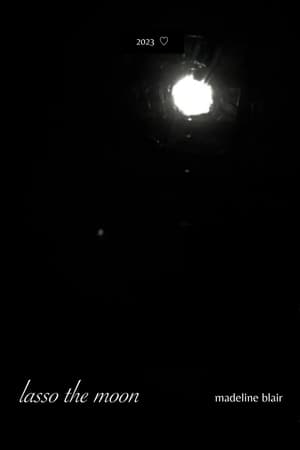
4'33" The Movie(2012)
The climactic scene of John Huston's Key Largo is fused with John Cage's 4'33", all dialogue is stripped away to reveal a cinema of movement, glances and inadvertent comedy.
Movie: 4'33" The Movie

4'33" The Movie
HomePage
Overview
The climactic scene of John Huston's Key Largo is fused with John Cage's 4'33", all dialogue is stripped away to reveal a cinema of movement, glances and inadvertent comedy.
Release Date
2012-03-01
Average
0
Rating:
0.0 startsTagline
Genres
Languages:
No LanguageKeywords
Similar Movies
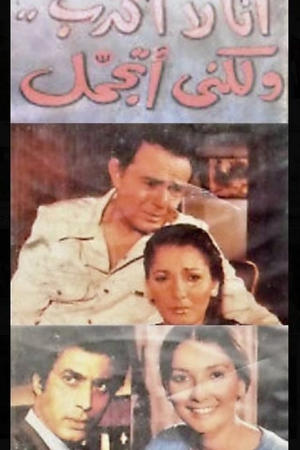 7.5
7.5I'm Not Lying, I'm Sugar Coating(ar)
Ibraham the industrious student fall in love with his colleague Khayriyah and she also fall in love with him, but the rich student Hani admire her. Ibrahim is trying to hide his social level because he is afraid to lose Khayriyah, and telling everybody that he is from a wealthy family, will Khayriyah find the truth someday ?.
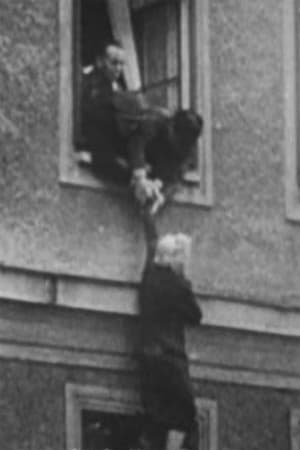 6.0
6.0King of the Jews(en)
King of the Jews is a film about anti-Semitism and transcendence. Utilizing Hollywood movies, 1950's educational films, personal home movies and religious films, the filmmaker depicts his childhood fear of Jesus Christ. These childhood recollections are a point of departure for larger issues such as the roots of Christian anti-Semitism.
 5.0
5.0Animal Charm: Golden Digest(en)
Animal Charm makes videos from other people's videos. By compositing TV and reducing it to a kind of tic-ridden babble, they force television to not make sense. While this disruption is playful, it also reveals an overall 'essence' of mass culture that would not be apprehended otherwise. Videos such as Stuffing, Ashley, and Lightfoot Fever upset the hypnotic spectacle of TV viewing, revealing how advertising creates anxiety, how culture constructs "nature" and how conventional morality is dictated through seemingly neutral images. By forcing television to convulse like a raving lunatic, we might finally hear what it is actually saying.
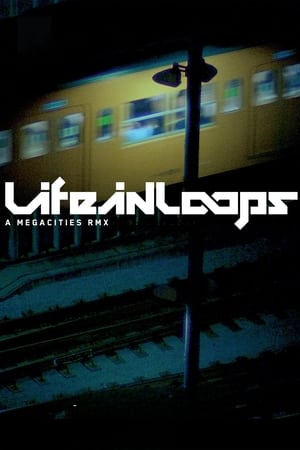 7.2
7.2Life in Loops (A Megacities RMX)(en)
Timo Novotny labels his new project an experimental music documentary film, in a remix of the celebrated film Megacities (1997), a visually refined essay on the hidden faces of several world "megacities" by leading Austrian documentarist Michael Glawogger. Novotny complements 30 % of material taken straight from the film (and re-edited) with 70 % as yet unseen footage in which he blends original shots unused by Glawogger with his own sequences (shot by Megacities cameraman Wolfgang Thaler) from Tokyo. Alongside the Japanese metropolis, Life in Loops takes us right into the atmosphere of Mexico City, New York, Moscow and Bombay. This electrifying combination of fascinating film images and an equally compelling soundtrack from Sofa Surfers sets us off on a stunning audiovisual adventure across the continents. The film also makes an original contribution to the discussion on new trends in documentary filmmaking. Written by KARLOVY VARY IFF 2006
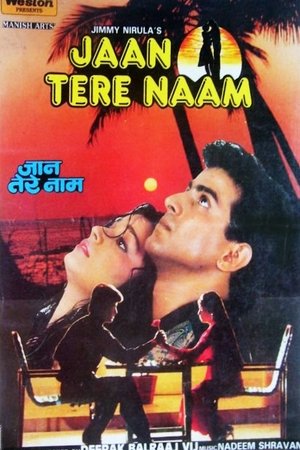 3.0
3.0Jaan Tere Naam(hi)
Lovely Pinky Malhotra is a heart-breaker in the college where she studies, and has a number of young men who would lay down their lives for her. Amongst them are Sunil and Vicky. She is attracted to Sunil, and both carry on a romantic relationship, hoping to get married after finishing college. Before that could happen, Pinky finds out that Sunil has been two-timing her as he is already dating another young collegian. Angered and hurt at this, she decides she will have nothing to do with him, and starts her romance with Vicky. Sunil, who does not know what has transpired, wants to talk to Pinky with a view of rekindling their romance, but Pinky refuses to speak with him. The question remains is Sunil really in love with another girl, and if so, why did he take the trouble to woo Pinky?
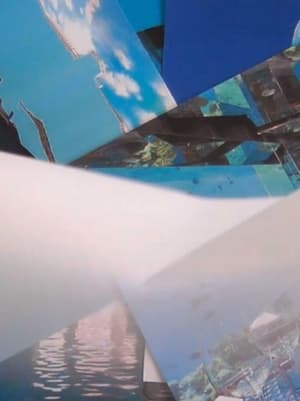 0.0
0.0The Taste of the Name(en)
Borrowing from an anthropological study initiated through the University of California in 1969, The Taste of The Name is a fantasia on universality. As a parallel to the elusive “umami” and its gradual scientific acceptance as a primary taste, we consider what is perceivable, knowable, and namable. Through the blue spectrum of various hermetic artifices, we are fed fables of Jules Verne's Nautilus and resurface in a virtual tanning bed, turning over in a slippery navigation of language.
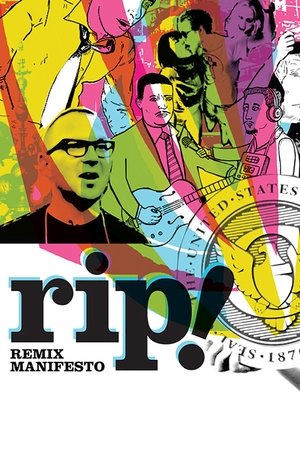 7.1
7.1RiP!: A Remix Manifesto(en)
RiP!: A Remix Manifesto is a 2008 open source documentary film about the "the changing concept of copyright" directed by Brett Gaylor.
 7.7
7.7Global Groove(en)
Global Groove was a collaborative piece by Nam June Paik and John Godfrey. Paik, amongst other artists who shared the same vision in the 1960s, saw the potential in the television beyond it being a one-sided medium to present programs and commercials. Instead, he saw it more as a place to facilitate a free flow of information exchange. He wanted to strip away the limitations from copyright system and network restrictions and bring in a new TV culture where information could be accessed inexpensively and conveniently. The full length of the piece ran 28 minutes and was first broadcasted in January 30, 1974 on WNET.
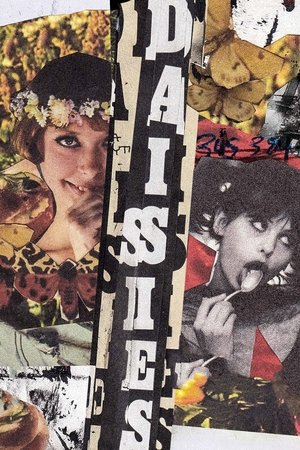 7.3
7.3Daisies(cs)
Two teenage girls embark on a series of destructive pranks in which they consume and destroy the world around them.
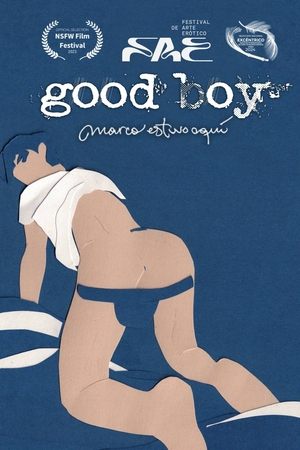 0.0
0.0good boy(en)
The author's erotic imagination is mixed between desire and magazine clippings, and the trade of collage becomes a ship that travels from outer space to the city itself.
Freshman Psych(en)
A sociopath gathers and drugs groups of college students to bring out their existing suicidal tendencies to the surface then walks among them to enjoy and record their deaths.
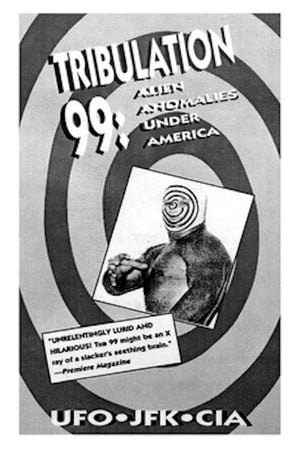 4.8
4.8Tribulation 99: Alien Anomalies Under America(en)
Baldwin’s “pseudo-pseudo-documentary” presents a factual chronicle of US intervention in Latin America in the form of the ultimate conspiracy theory, combining covert action, environmental catastrophe, space aliens, cattle mutilations, killer bees, religious prophecy, doomsday diatribes, and just about every other crackpot theory broadcast through the dentures of the modern paranoiac.
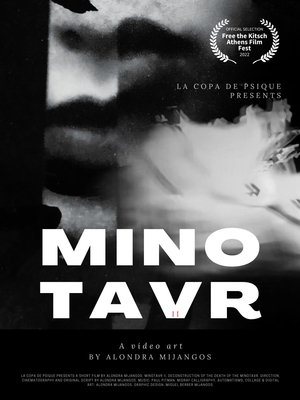 0.0
0.0Minotavr II(en)
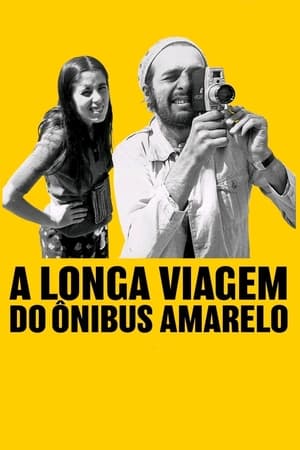 9.0
9.0The Long Voyage of the Yellow Bus(pt)
For this behemoth, Bressane took his opera omnia and edited it in an order that first adheres to historical chronology but soon starts to move backwards and forward. The various pasts – the 60s, the 80s, the 2000s – comment on each other in a way that sheds light on Bressane’s themes and obsessions, which become increasingly apparent and finally, a whole idea of cinema reveals itself to the curious and patient viewer. Will Bressane, from now on, rework The Long Voyage of the Yellow Bus when he makes another film? Is this his latest beginning? Why not, for the eternally young master maverick seems to embark on a maiden voyage with each and every new film!
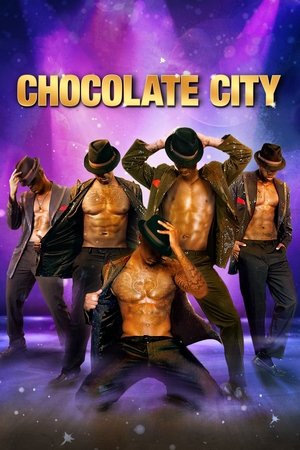 5.3
5.3Chocolate City(en)
Life for a struggling college student changes in an instant when he meets the owner of a male strip club who convinces him to give amateur night a whirl.
 4.8
4.8Rebirth of a Nation(en)
DJ Spooky's Rebirth of a Nation is a film project based on a remix of D.W. Griffith's infamous 1915 film Birth of a Nation. The original film was based on a novel and theater play by Thomas Dixon entitled The Clansman - essentially what Dj Spooky is doing is applying dj technique to cinema in a way that parallels, deconstructs and remixes the original. Thus Rebirth of a Nation DJ Spooky's Rebirth of a Nation has been touring for several years and has drawn acclaim around the world. From the Herod Atticus Theater at the base of the Acropolis in Greece, to the London IMAX - Europe's largest movie screen - Dj Spooky has presented the remix as an engagement with film, music, and contemporary art. He likes to think of it as "film as found object" in the same sense that artists such as Marcel Duchamp, Jeff Koons, Andy Warhol, and David Hammons, amongst many others, have fostered creative investigations into the idea of found objects, cinema, and "appropriation art."
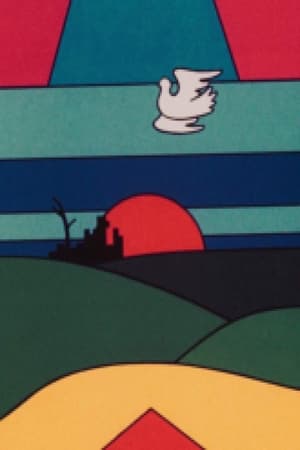 0.0
0.0Chile Lives(de)
This short, animated piece of agitprop fiercely expresses the hopes of the Chilean people.
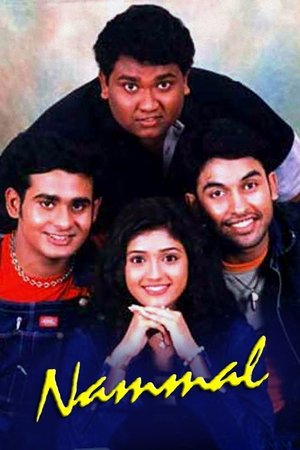 5.7
5.7Nammal(ml)
Nammal is another campus movie from Kamal after Niram. What is different this time is Kamal introduces new faces Siddharth and Jishnu. Kamal provides glimpses of the new campus with adventure in his movie with these debutants. Snehalatha (Suhasini) takes charge as the Principal in a college where Shyam (Siddharth) and Sivan (Jishnu) are the heroes. Shyam and Sivan are fun filled characters as well as naughty. Aparna (Renuka Menon) is teased and ragged by the duo, who happens to be the daughter of Principal's friend. Aparna complaints and Snehalatha takes action against Shyam and Shivan. Soon to her surpurise she discovers that Shyam and Shivan are orphans, hardworking and their guardian is a priest (Balachandra Menon).
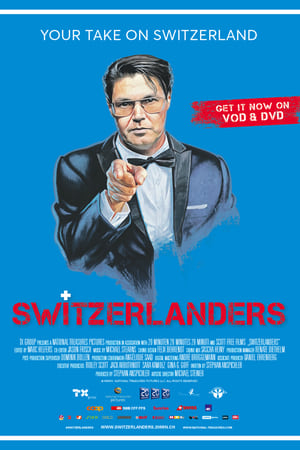 4.5
4.5Switzerlanders(de)
A cinematic time capsule with over 1,400 hours of submitted material from all regions of Switzerland gives unknown insights about the life of Swiss people in the politically and socially turbulent summer of 2019.
